1. TV Dinners
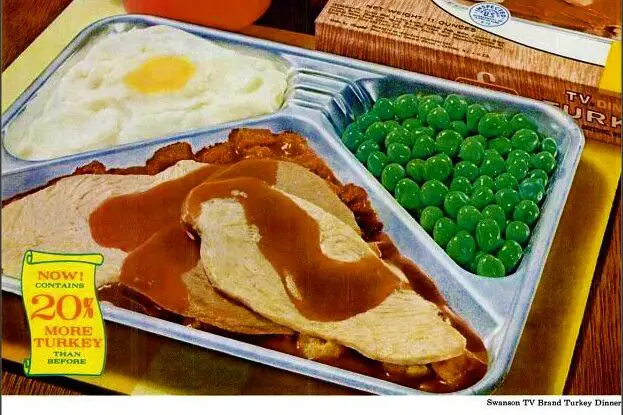
Back in the ’60s, TV dinners were all the rage—and not just because they were convenient. These frozen meals were often made with real butter, whole milk, and actual cuts of meat. Salisbury steak tasted like something your dad might’ve grilled on a Sunday, and mashed potatoes were fluffy instead of gluey. Vegetables came with some snap to them, not the mushy kind you’d find today. And desserts? Those little brownie squares were rich and fudgy, not just some vaguely chocolate-flavored sponge says Chowhound.
These days, most frozen dinners are packed with preservatives, artificial flavorings, and a laundry list of unrecognizable additives. While they might be lower in fat or calories, they’ve also lost the comfort-food charm they once had. If you ever find an old TV dinner ad, you’ll see photos that almost look homemade. It’s hard to imagine microwaving something today and getting that same kind of flavor adds ReMIND Magazine.
2. Peanut Butter
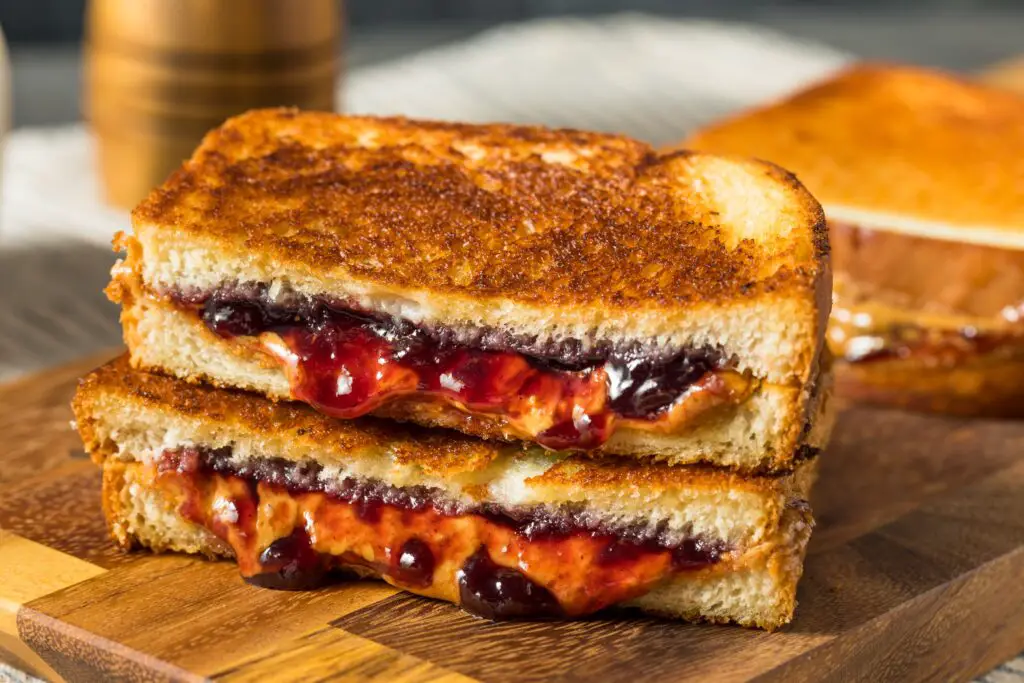
In the ’60s, peanut butter was thicker, oilier, and needed a good stir before you could even use it. That’s because it was made with just peanuts and salt—no stabilizers or added sugar. Brands like Smucker’s still sell it this way, but most mainstream jars have changed dramatically since those days. Today’s peanut butter often includes hydrogenated oils, sweeteners, and even corn syrup solids shares Saveur.
The older versions didn’t have that ultra-smooth, spreadable texture unless you worked for it. But they were undeniably rich and hearty, and you could taste the roasted nuts in every bite. While modern peanut butter may be more convenient, the simpler recipe of the past definitely gave it a more authentic flavor. If you’ve never tried the old-fashioned kind, it’s worth the arm workout adds the Takeout.
3. Bread
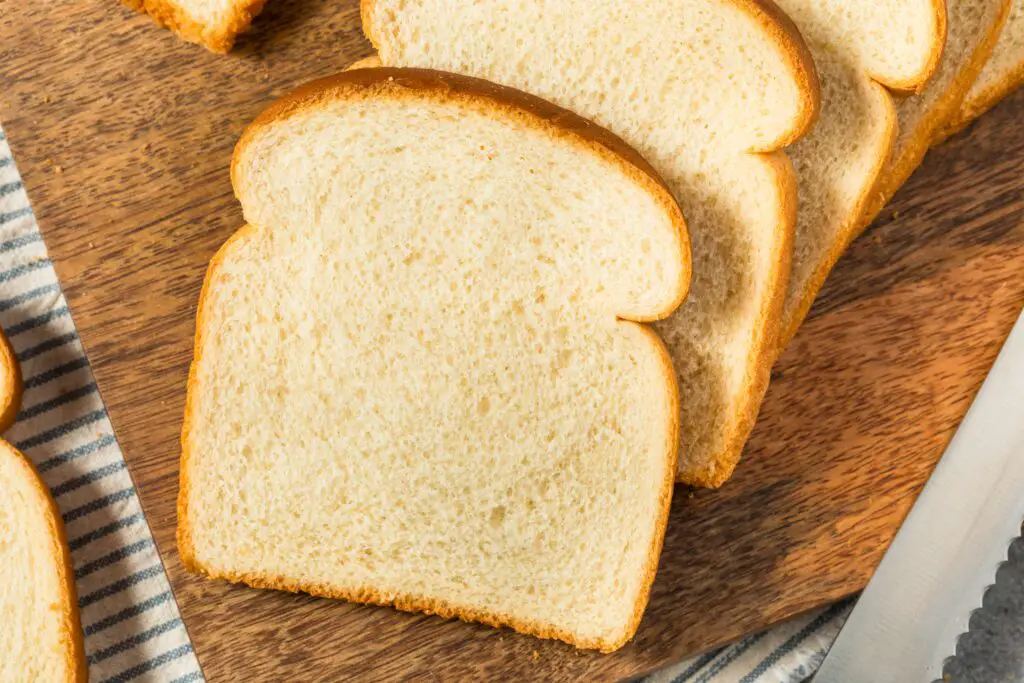
Bread in the ’60s had a very different makeup, especially the white bread we all grew up on. It was typically made from fewer ingredients and lacked the added sugars, dough conditioners, and preservatives we see today. A loaf from the corner bakery might’ve gone stale in a few days, but it tasted real—slightly chewy with a crisp crust.
Store-bought bread has become ultra-soft, shelf-stable, and strangely sweet. Manufacturers started adding corn syrup and emulsifiers to make it last longer and appeal to modern palates. But in the process, we lost that homey texture and flavor that older generations remember fondly. Today’s “whole grain” labels can be misleading too, since even those are often highly processed.
4. Ice Cream

The ice cream your grandparents ate was a completely different dessert. In the ’60s, it was made with real cream, egg yolks, and natural vanilla or fruit purees. That meant it had a denser, richer taste and you didn’t need a huge scoop to feel satisfied. Many local dairies churned it fresh, and national brands like Breyers had ingredient lists you could read without a science degree.
Nowadays, many mainstream ice creams are pumped with air (called overrun), made with corn syrup, and stabilized with gums. What you’re eating is often more frozen dessert than true ice cream. That light, fluffy texture might feel indulgent, but it’s a far cry from the heavy, custardy treat of the past. And good luck finding a store brand without guar gum or carrageenan.
5. Canned Soup
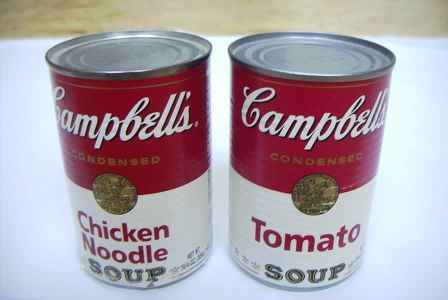
Canned soups were a pantry staple in the ’60s, but they had more in common with homemade soup than you might think. Campbell’s and other brands used fewer additives, and the base often included real stock, not just water and salt. Even condensed versions had a heartier feel, and the vegetables didn’t dissolve into mush.
Over the years, sodium levels soared and the ingredient list ballooned with preservatives and flavor enhancers like MSG. And while the ’60s soups weren’t perfect, they didn’t rely on “natural flavors” as a catch-all. The shift toward convenience and mass production changed the flavor profile entirely. The stuff you open today is more like a soup-flavored drink than a meal.
6. Ketchup
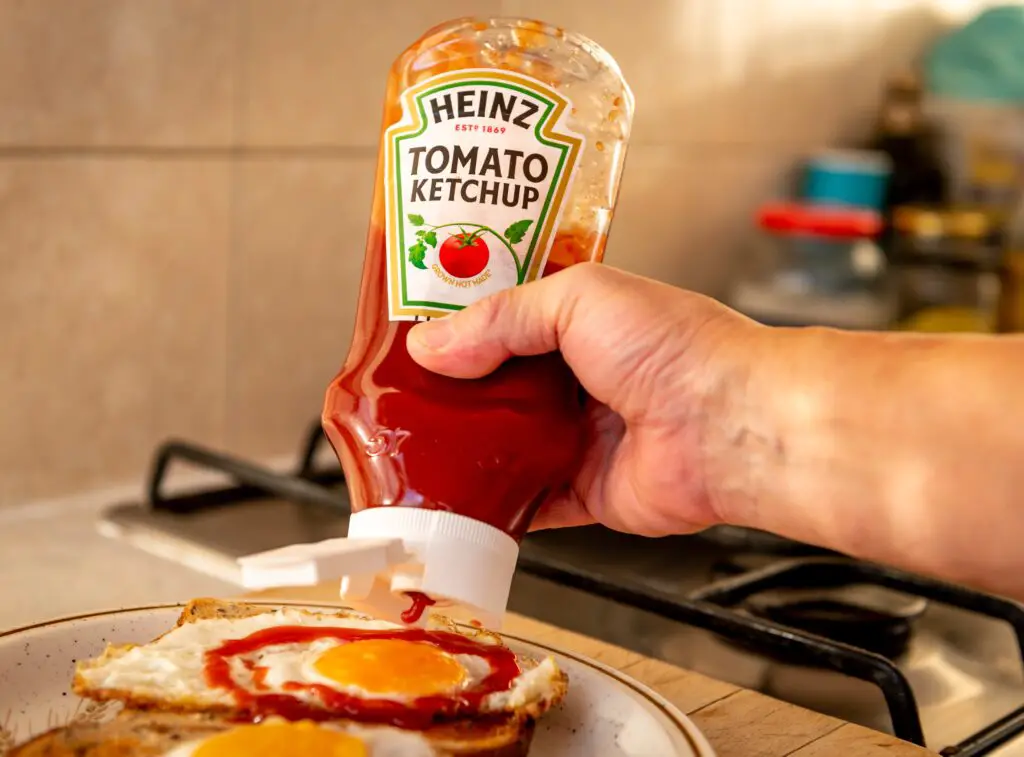
Believe it or not, ketchup used to taste more like tomatoes. In the ’60s, it was made with real sugar or sometimes even honey, not high-fructose corn syrup. The texture was thicker and the flavor had a nice tangy balance, without the overwhelming sweetness we’re used to now.
Today’s ketchup is practically a dessert sauce compared to its former self. The switch to corn syrup in the ’70s changed its identity, and additional processing stripped away that bright tomato flavor. If you’ve ever tasted a homemade version, you’ll understand just how different the bottled kind has become. The condiment that once complemented fries now kind of smothers them.
7. Cereal
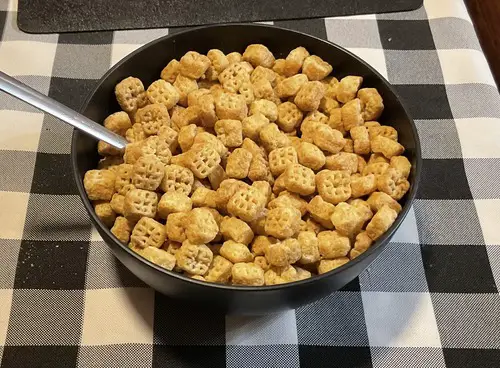
Pouring a bowl of cereal in the ’60s meant less sugar and more whole grains—at least relatively speaking. Brands like Cheerios, Corn Flakes, and even Frosted Flakes had simpler recipes. There were fewer artificial dyes, and sugar wasn’t the first or second ingredient on the list.
As cereal companies targeted kids more aggressively, the formulas got sweeter, brighter, and more artificial. That familiar crunch often comes from added corn syrup solids and modified corn starch. Even “healthy” cereals today often sneak in sweeteners or fake fiber. It’s amazing how far cereal has drifted from its original breakfast intentions.
8. Salad Dressing
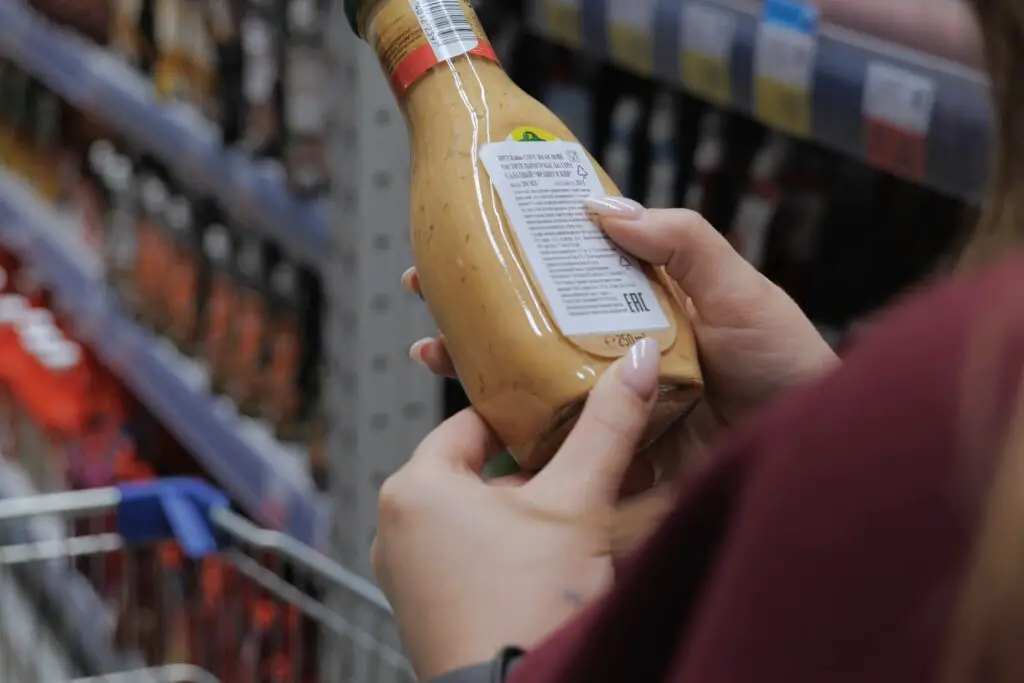
Bottled salad dressing in the ’60s was tangier, thinner, and often made with real herbs and vinegar. You could actually taste the garlic in your Italian dressing and feel the oil on your tongue. Even creamy dressings like Ranch or Thousand Island had fewer fillers and more personality.
Modern dressings are usually thickened with gums and packed with sugar to make them more shelf-stable. Many don’t even need refrigeration until they’re opened, which should be a clue. The fresh bite of vinegar has been toned down, replaced with something syrupy. A simple homemade vinaigrette today tastes closer to what you would’ve found in a bottle decades ago.
9. Cheese
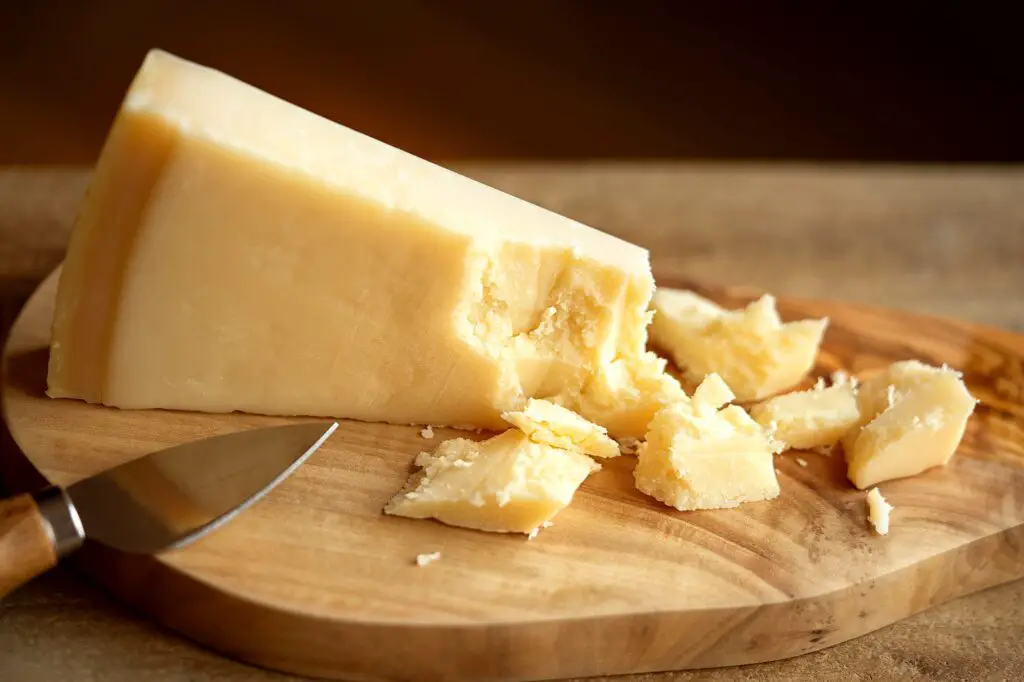
American cheese in the ’60s was still processed, but it wasn’t quite as plasticky as it is now. Back then, you could find slices that melted better and had a fuller, more cheddar-like flavor. And grocery stores carried more blocks and wedges than shrink-wrapped singles.
Today’s pre-sliced cheese often includes milk protein concentrate and emulsifiers. That bright orange square on your burger might not even legally be called “cheese” in some cases. It’s more about meltability than taste now, and it shows. Even shredded cheese comes with anti-caking agents and preservatives that dull the flavor.
10. Hot Dogs
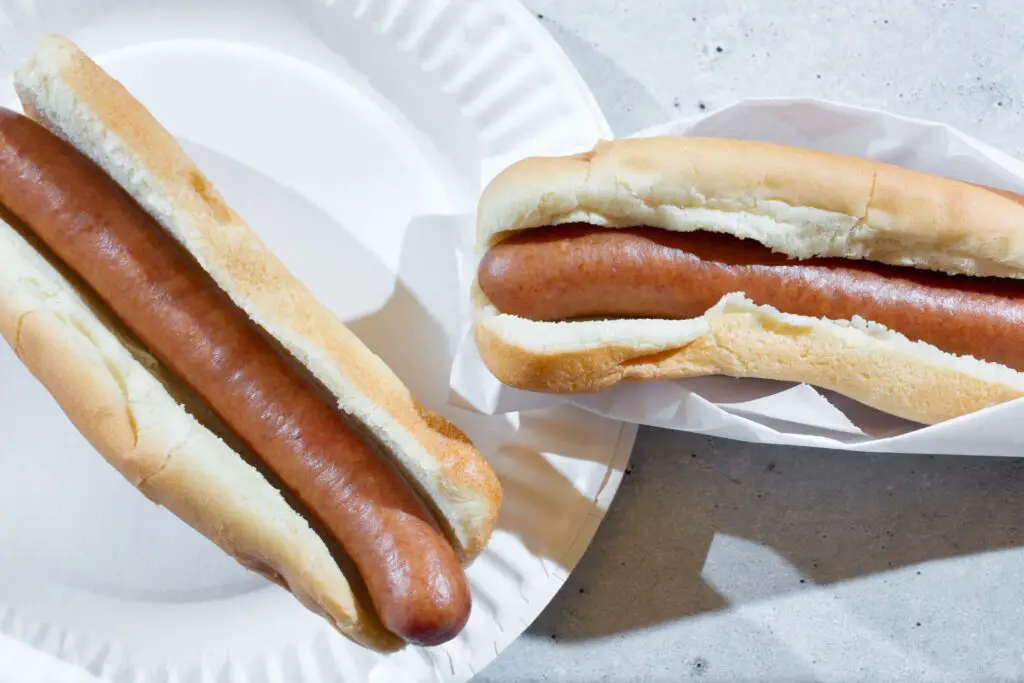
Hot dogs were never exactly health food, but in the ’60s, they were made with a more recognizable mix of meats. You’d get beef, pork, and basic seasonings—sometimes even a natural casing for a little snap. You could actually grill them without them shrinking to half their size.
Now, hot dogs often contain mechanically separated meats and a cocktail of preservatives and flavorings. That juicy bite you remember might be more nostalgia than reality today. The simplicity of the older recipes made them feel more like something off a backyard grill and less like a mystery tube. These days, reading the ingredient list can make you think twice.
11. Mayonnaise
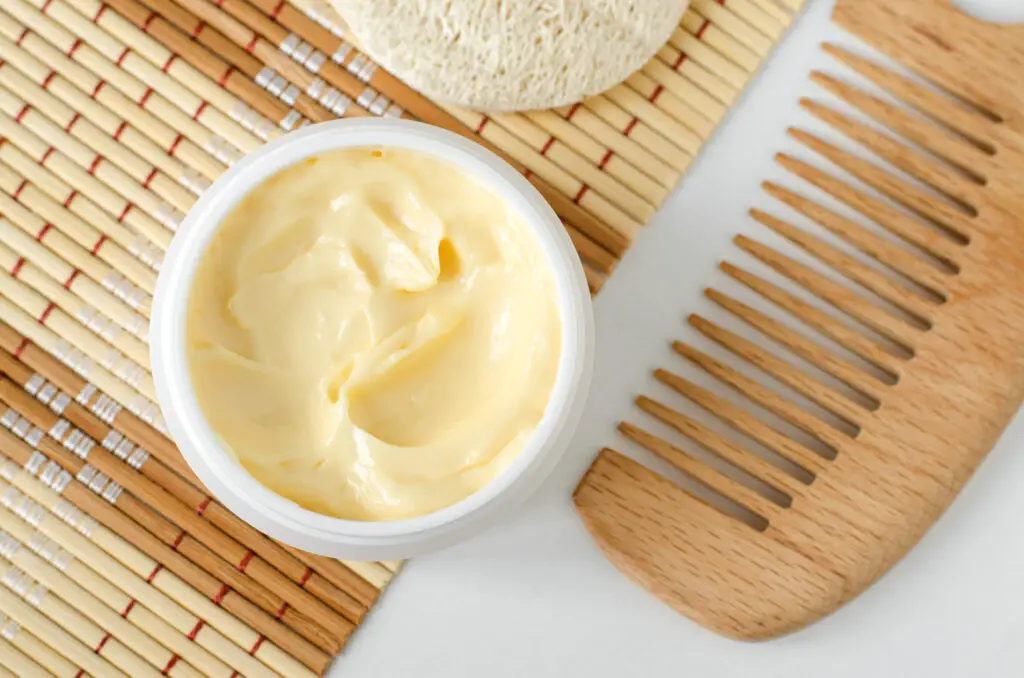
In the ’60s, mayo was made with eggs, oil, vinegar, and maybe a pinch of sugar. The texture was creamy but not gloopy, and the flavor leaned more tangy than sweet. It wasn’t trying to be a spreadable miracle—it just aimed to bind your tuna salad and complement your BLT.
Modern versions often contain added stabilizers, artificial flavors, and a longer list of preservatives. The clean, simple profile has been replaced by a more processed taste and longer shelf life. And the reduced-fat versions? They’re practically a different product altogether. Vintage mayo had a richness we don’t see as often now.
12. Chocolate Bars
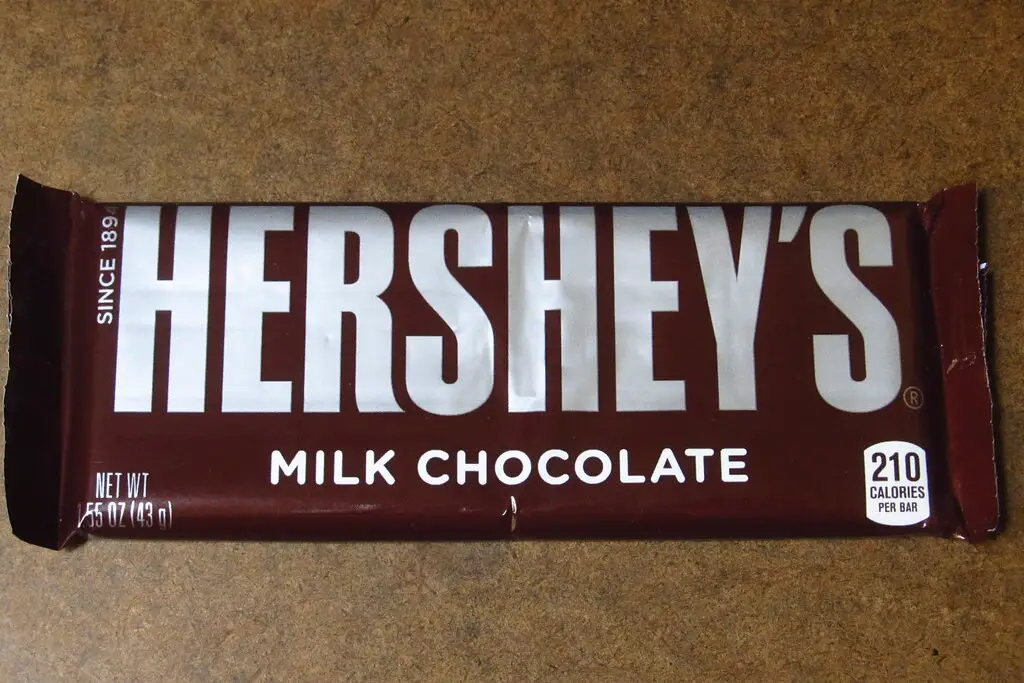
A chocolate bar in the ’60s had fewer fillers and more cocoa. Brands like Hershey’s and Nestlé were still using whole milk and more traditional recipes. Even mass-market candy bars had a richer, creamier feel, and the chocolate tasted like chocolate—not wax.
Over the years, production shortcuts introduced more soy lecithin, artificial flavors, and cheaper milk substitutes. Bars today might be smoother, but that often comes from emulsifiers, not quality ingredients. And while they’re still a treat, they don’t quite hit the same way they used to. Try a European bar today and you might get a taste of what chocolate once was here.
13. Soda
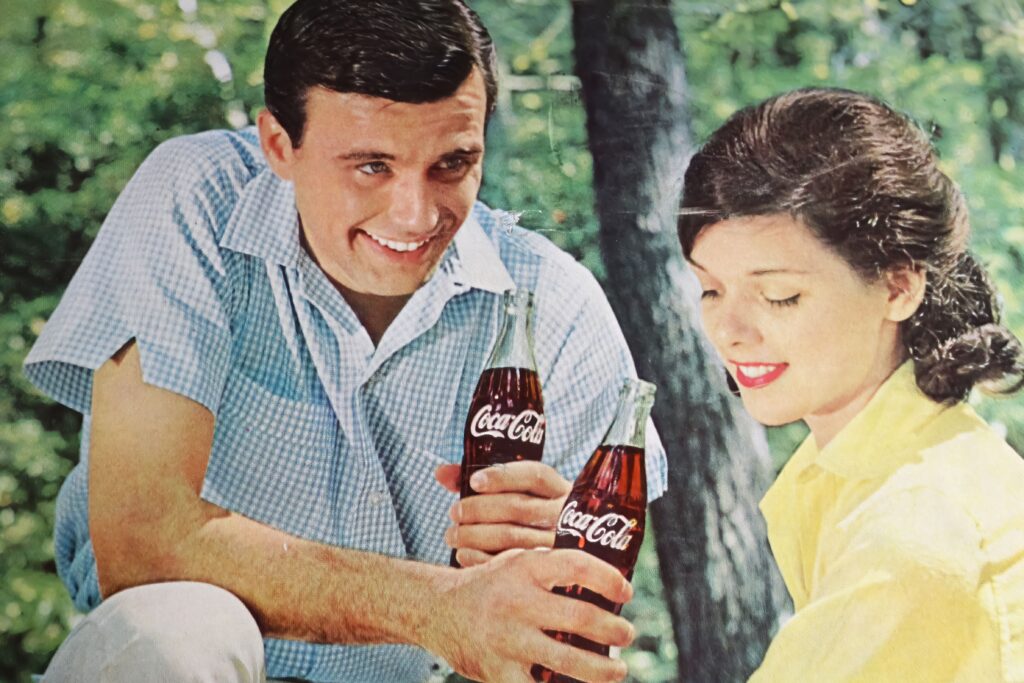
Yes, soda was sugary in the ’60s too, but the sugar was usually real cane sugar. That gave it a cleaner, less cloying finish than the high-fructose corn syrup used now. The bottles were smaller too, which made each sip feel more special.
As time went on, cost-cutting and mass production took over. The syrupy sweetness of modern soda hits differently—and not in a good way. Plus, those classic glass bottles added a crispness that cans just can’t replicate. Vintage soda wasn’t a health drink by any means, but at least it had a little more authenticity.
